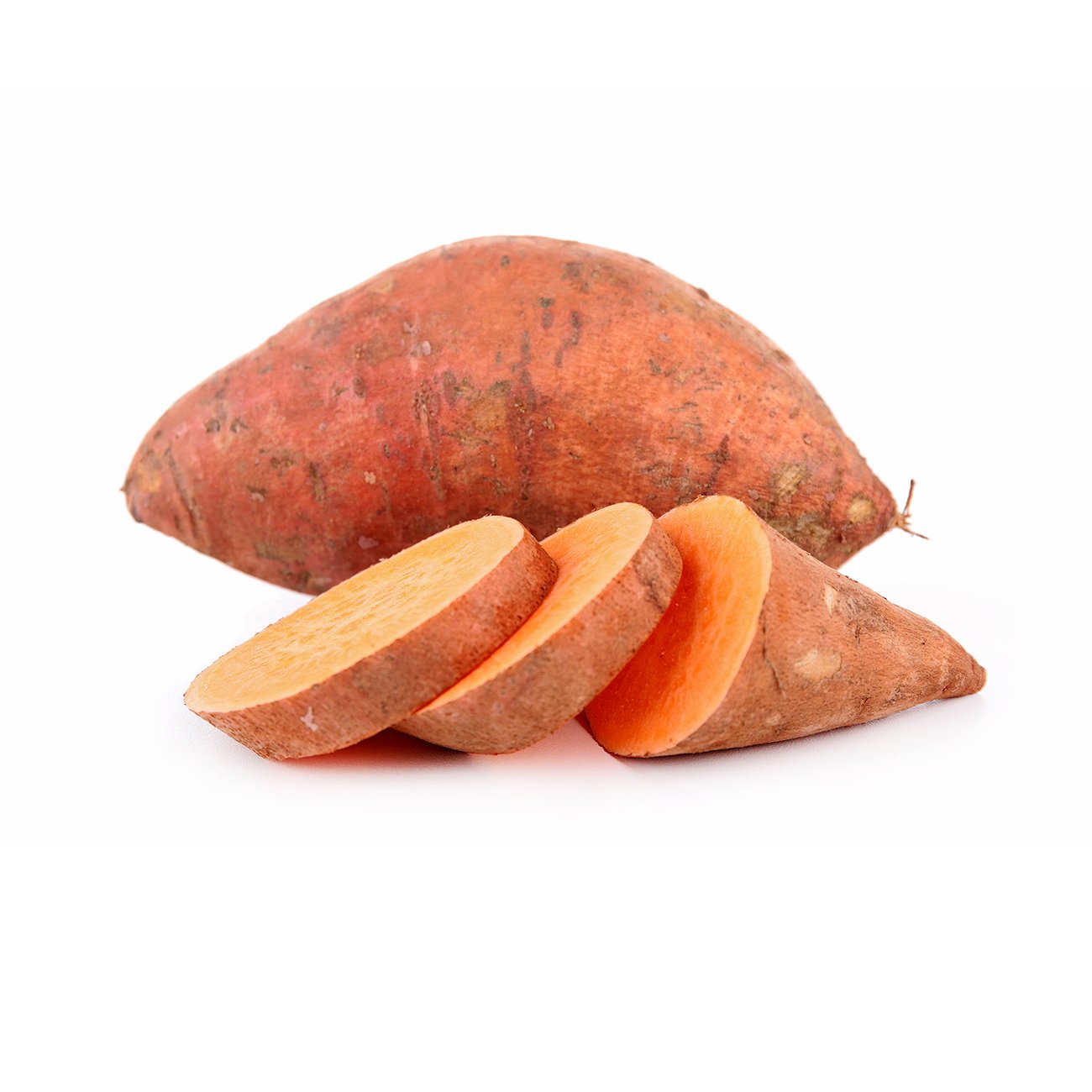Turnip
A mild tasting root veg that must be cooked before it's eaten.
Alternative Name
N/A
Scientific Name
Brassica rapa var. rapa
Health benefits
Turnip is a white fleshed root vegetable with purple-flushed white skin. Varieties vary in size and shape with roots being generally round or a flattened globe shape. They are slightly sweet and peppery, and often used to cut through the richness of slow cooked or braised meats. Try baked, mashed, sauteed or in a casserole.
-
Harvesting
High quality turnips are firm, free of growth cracks, woodiness, rot, injury, and pithiness. Hot, dry weather and low fertility levels cause turnips to be small, hot, and woody. Balanced soil fertility and water levels are important for quality crops. Turnip roots will split when a heavy rain follows a dry period. For greens, turnips are pulled before the storage roots develop. Turnips can develop growth cracks from over-maturity or boron deficiency, brown heart from boron deficiency, and pithiness from water stress.Postharvest storage temperature
Optimum storage is 0°C. They are not sensitive to chilling temperatures and should be stored as cold as possible without freezing. Root shrivelling and loss of firmness can occur from storage at >2°C or at low relative humidity. Turnips are susceptible to freezing damage when held at 0°C. Storage at warmer temperatures >5°C accelerates weight loss and development of soft rot.Controlled atmosphere storage
There is no indication controlled atmosphere has any benefit to turnip quality during storage.Ethylene sensitivity
Ethylene exposure may increase toughness in turnips.Humidity storage
Optimum humidity is 95%. Storage at warmer temperatures (>5°C) accelerates weight loss and development of soft rot. Waxing roots with a water-miscible, carnauba-based wax slightly delays weight loss and intensifies the purple colour of the roots.Disease & infection
Dry rot or phoma rot, watery soft rot, alternaria rot, rhizoctonia rot, grey mould and bacterial soft rot can occur in harvested roots, generally resulting from field infection. -
Peel before use. Keep in vegetable drawer of fridge.

You might also like
Veggy tip
Turnips are best eaten when young, small and tender, when they can be enjoyed whole and unpeeled. Older turnips have a stronger peppery flavour.


